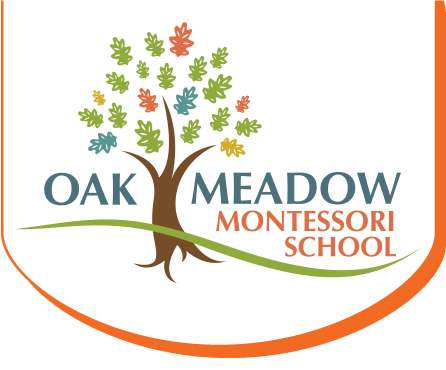Standing at the front of the room, in front of a large audience, a group of Children’s House students (ages three through six) made a clear, well-researched, confidently-delivered presentation articulating their design suggestions for improving their playground. The audience included parents and members of the school’s facilities committee. This presentation was the culmination of a month-long classroom project undertaken by teacher Karen Watkins, based on a workshop she attended at the Korda Institute for Teaching. The goal of the Institute is to give teachers tools to motivate students to learn complex academic content and develop 21st century skills, active citizenship, and substantive confidence.
 This student project began a month ago. Given the goal of solving a real problem in the community, Ms. Watkins came up with the idea of having the students focus on something in their own school community that the students cared very much about at a personal level — the playground. The students used books about playgrounds around the world to expand their perspective and vocabulary. Then they went on a field trip to a local playground. Their task was to pay careful attention to the different elements of the play structures and then reflect on which elements they liked most and why. With help from the art teacher, the students drew pictures and made models of their playground ideas. They interviewed students from other classrooms, presenting their ideas and asking for feedback. All of the research, idea generation, and interviewing led to the culminating presentation to a group of adults who have the actual responsibility for reviewing and approving playground changes–school trustees on the facilities committee.
This student project began a month ago. Given the goal of solving a real problem in the community, Ms. Watkins came up with the idea of having the students focus on something in their own school community that the students cared very much about at a personal level — the playground. The students used books about playgrounds around the world to expand their perspective and vocabulary. Then they went on a field trip to a local playground. Their task was to pay careful attention to the different elements of the play structures and then reflect on which elements they liked most and why. With help from the art teacher, the students drew pictures and made models of their playground ideas. They interviewed students from other classrooms, presenting their ideas and asking for feedback. All of the research, idea generation, and interviewing led to the culminating presentation to a group of adults who have the actual responsibility for reviewing and approving playground changes–school trustees on the facilities committee.
Overall, this project created so many opportunities for the students to stretch their abilities. While the adults attending the presentation were clearly impressed and even surprised by the confidence expressed by the students, the real substance of this experience was happening in the growth of the students throughout the project. Karen Watkins shared the following insights:
 “The concept of working across the classrooms was very new and not something we typically do. The students had to learn how to listen to another person. They had to learn how to rearticulate the idea. The students also developed their listening skills as they looked through books about playgrounds. Because the pictures in the books were so fascinating, the students enjoyed looking at them, and there was a lot of sharing of thoughts. Part of learning to listen involved realizing that it was another person’s turn to talk. Students had to learn to be quiet and listen to another person. That was a really big process for them as learners.”
“The concept of working across the classrooms was very new and not something we typically do. The students had to learn how to listen to another person. They had to learn how to rearticulate the idea. The students also developed their listening skills as they looked through books about playgrounds. Because the pictures in the books were so fascinating, the students enjoyed looking at them, and there was a lot of sharing of thoughts. Part of learning to listen involved realizing that it was another person’s turn to talk. Students had to learn to be quiet and listen to another person. That was a really big process for them as learners.”
“I have to admit, I was concerned at first that this project might be more than what the students could accomplish developmentally. What happened, however, is that the students rose to the occasion. They were really proud. As I watched this happen, it struck me that these students were reaching out to their future selves. They were getting a glimpse of who they were becoming. They were seeing something special about themselves they hadn’t really seen before (and the parents had not seen before, either!). As a teacher, it took a lot of work. It required a lot of what teachers call ‘scaffolding.’ They would not have achieved this step completely on their own, but with support from the teacher, they were able to stretch in their own abilities to a new level. In a Montessori school, we believe in allowing children to grow naturally and in a developmentally appropriate way. Teacher-supported scaffolding encourages that development. It is like giving the students a railing to help them up the first three steps. Once they’ve made that climb, they feel ready to continue, build on the growth they’ve made, recognize more of their own capabilities, and take the next steps forward with more confidence.”





